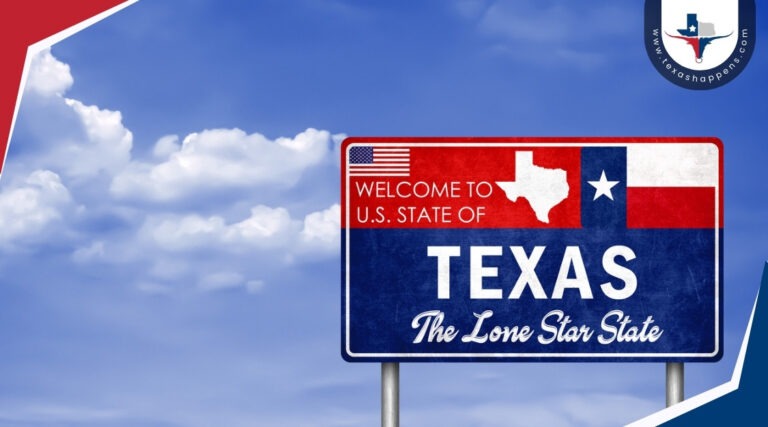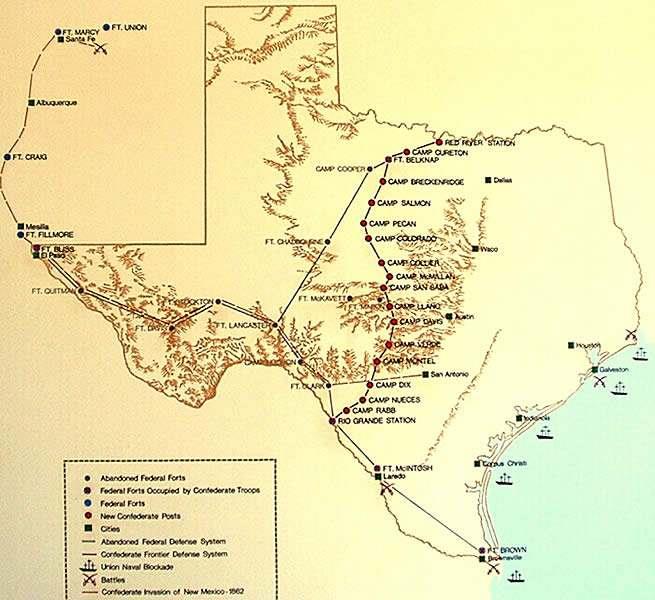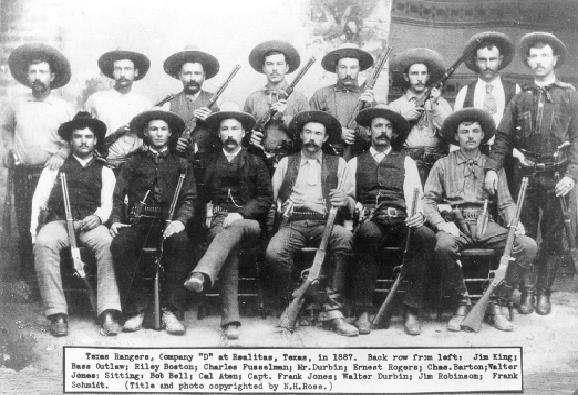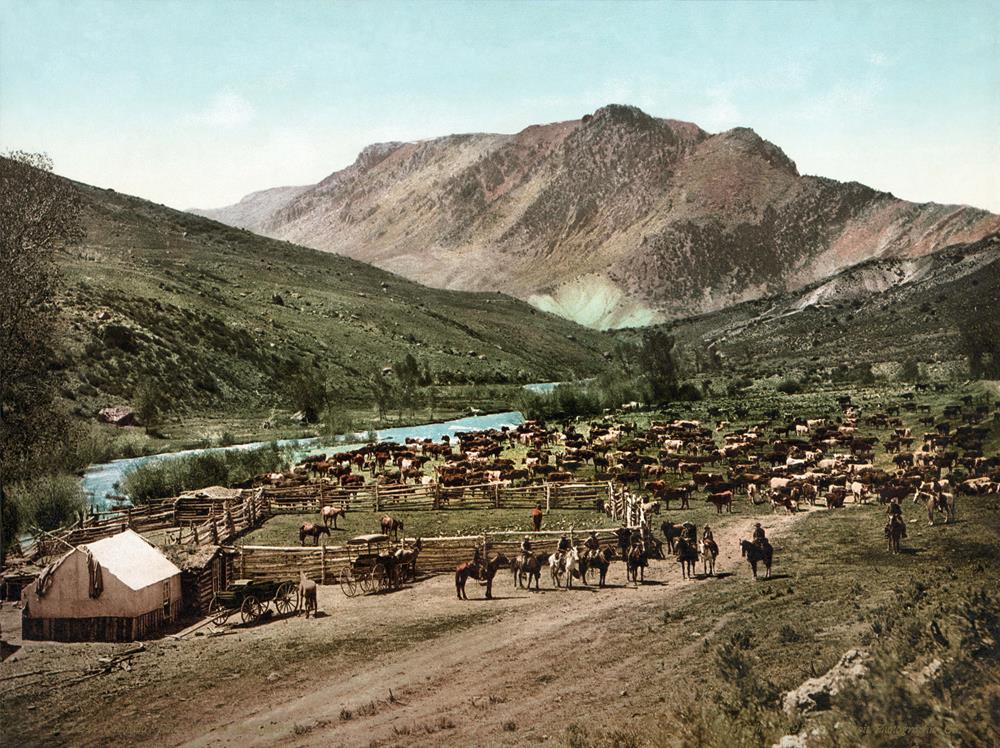The Texas frontier was a crucial historical period when the state was being explored, settled, and developed. This time was filled with conflict, adventure, and significant changes that shaped Texas and the United States as a whole.
It’s important to understand this era because it tells how Texas evolved from a wild, uncharted land into the vibrant, diverse state it is today. This period is rich with tales of bravery, hardship, and cultural blending, all of which have left a lasting impact on American history. So, let’s explore the fascinating history of the Texas frontier!
Early Settlement and Exploration

Spanish and Mexican Influence
The early history of Texas is deeply rooted in Spanish and Mexican influence. In the 18th century, the Spanish began to explore and settle the region, establishing missions and presidios (fortified military settlements) to spread Christianity and protect their claims.
These missions, such as the Alamo in San Antonio, were centers of religious, cultural, and economic life. The Spanish aimed to convert the indigenous population to Christianity and integrate them into Spanish colonial society. Key figures during this period included Spanish explorers like Alonso Álvarez de Pineda and missionaries such as Father Antonio Margil de Jesús, who played crucial roles in spreading Spanish influence throughout Texas.
Anglo-American Colonization
The landscape of Texas began to change dramatically in the early 19th century with the arrival of Anglo-American settlers. This shift was largely facilitated by Stephen F. Austin, known as the “Father of Texas,” who led the first successful colonization effort by bringing 300 families, known as the Old Three Hundred, to settle in Texas. These settlers were drawn by the promise of fertile land and new opportunities.
However, as Texas was part of Mexico at that time, their settlement came with specific conditions set by the Mexican government. The settlers were required to convert to Catholicism, learn Spanish, and adhere to Mexican laws.
Despite these conditions, the Anglo-American population grew rapidly, leading to increased tensions with the Mexican authorities. Austin’s leadership and the determination of the settlers played a pivotal role in the early development of Texas, setting the stage for future conflicts and the quest for independence.
Frontier Defense and Conflict
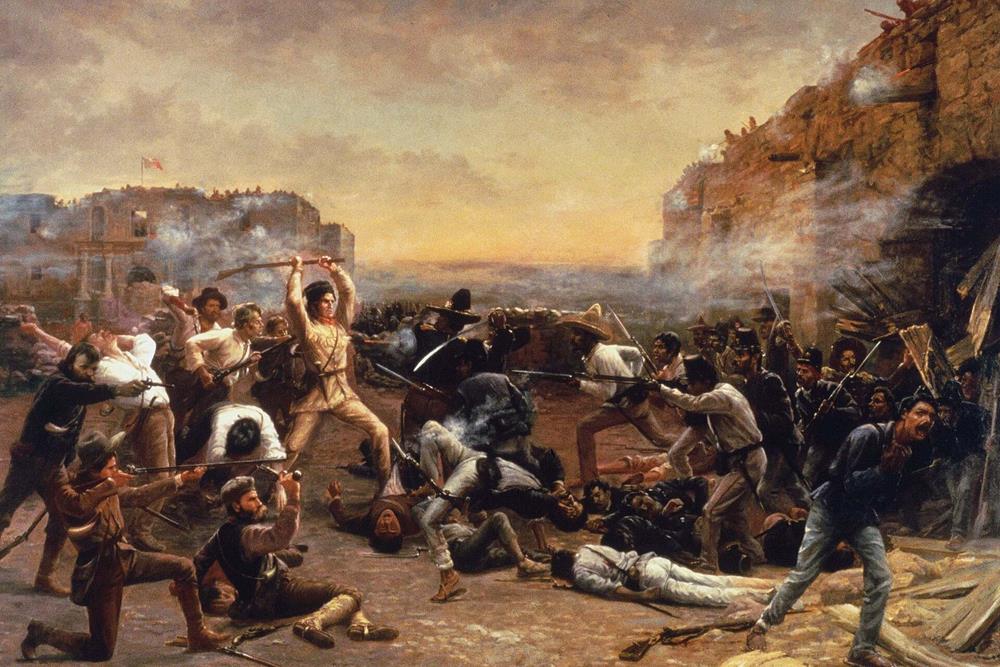
Rising Tensions
As more Anglo-American settlers moved into Texas, tensions with the Mexican government started to rise. The settlers had several key grievances. They were unhappy with Mexican laws, such as the requirement to convert to Catholicism and the prohibition of slavery, which many settlers relied on for their plantations. Also, they felt underrepresented and neglected by the distant Mexican government.
These frustrations led to several notable battles and events that fueled the desire for independence. One of the first conflicts was the Battle of Gonzales in 1835, where settlers famously declared, “Come and Take It,” challenging Mexican forces over a small cannon. This marked the beginning of open rebellion against Mexican rule. It was also the first of the battles during the Texas Revolution.
The Texas Revolution
The Texas Revolution was a short but intense struggle for independence. The Battle of the Alamo in 1836, a major battle during the period, became a symbol of Texan bravery and resistance. Though it resulted in the loss of all Texan defenders after a 13-day siege by Mexican forces led by General Santa Anna, it did not stop Texans from fighting. Shortly after, the Goliad Massacre saw the execution of over 300 Texan prisoners, further fueling the resolve for independence.
The decisive Battle of San Jacinto followed, where Texan forces led by General Sam Houston launched a surprise attack on Santa Anna’s troops. The battle lasted just 18 minutes, resulting in a significant Texan victory and the capture of Santa Anna. This victory led to the signing of treaties that granted Texas its independence.
On March 2, 1836, Texas declared its independence from Mexico, forming the Republic of Texas. This new nation existed as an independent country for nearly a decade before eventually joining the United States. The struggle for independence was a defining moment in Texas’s history, shaping its identity and future.
Texas as an Independent Republic

Establishment and Governance
After winning independence from Mexico, Texas became its own country, known as the Republic of Texas, in 1836. The new nation had to quickly establish a political structure and government. Sam Houston, a hero of the Battle of San Jacinto, became the first president of the Republic of Texas. The government was set up similarly to the United States, with a president, a congress, and a judiciary.
However, the young republic faced many challenges. Financially, Texas was struggling with debt from the war and had difficulty raising money. Diplomatically, it sought recognition from other countries and tried to establish foreign relations, especially with the United States and European nations. Security was another major concern, as there were ongoing conflicts with Native American tribes and the threat of Mexican attempts to reclaim Texas.
Path to Annexation
From the beginning, many Texans wanted to join the United States, believing it would provide economic stability and security. Efforts to achieve annexation started early, but it faced several obstacles, including political opposition in the U.S. due to issues like slavery and relations with Mexico.
Despite these challenges, Texas continued to push for annexation. In 1845, after nearly a decade as an independent republic, Texas was finally annexed by the United States.
This decision had significant implications. It led to the expansion of U.S. territory and played a role in sparking the Mexican-American War, as Mexico had never fully recognized Texas’ independence. For Texas, joining the United States brought increased security, economic opportunities, and a new chapter in its history as the 28th state of the Union.
Statehood and Expansion
Texas Joins the United States
In 1845, Texas officially became part of the United States, marking a significant milestone in its history. The process of becoming a state involved negotiations and political maneuvering, as there were concerns about balancing slave and free states in the Union. Despite the hurdles, Texas was admitted as the 28th state on December 29, 1845.
This move had major implications. Almost immediately, it contributed to the Mexican-American War (1846-1848), as Mexico still considered Texas its territory. The war ended with the Treaty of Guadalupe Hidalgo, which resulted in the United States gaining vast land, including present-day California, Arizona, New Mexico, and more. This expansion further shaped the country’s landscape and set the stage for future growth.
The Compromise of 1850
A significant moment for Texas was the Compromise of 1850. At the time, Texas was deeply in debt and agreed to give up claims to lands that are now parts of New Mexico and other areas. In return, the U.S. government paid Texas $10 million. This compromise helped define Texas’ modern borders. Together with the Treaty of Guadalupe Hidalgo, which ended the Mexican-American War in 1848, the Compromise of 1850 solidified the state’s territorial boundaries, shaping its economic and political landscape.
Settlement Patterns and Conflicts
After becoming a state, Texas experienced rapid expansion. Settlers moved westward, drawn by the promise of land and opportunity. This westward movement led to the establishment of new towns and communities, significantly increasing the population and economic development of Texas.
However, this expansion was not without conflict. As settlers pushed into new territories, they often encroached on lands inhabited by Native American tribes, leading to numerous conflicts and skirmishes. The U.S. government and Texas Rangers frequently clashed with tribes like the Comanche and Apache, resulting in violent confrontations.
Additionally, there were border disputes, particularly with Mexico, even after the war. The Rio Grande was established as the southern border, but tensions remained high for years.
Texas in the Confederacy and the Civil War
In 1861, Texas joined the Confederacy following the secession of Southern states. This decision was largely due to Texas’ economic reliance on slavery and cotton. The Civil War had a profound impact on Texas and its people.
Although Texas was somewhat insulated from many battles due to its location, it was a critical supplier of men and resources to the Confederate war effort. After the war, during Reconstruction, Texas faced significant changes in its social and political systems. The abolition of slavery and efforts to rebuild the economy marked another pivotal shift in Texas’ history, profoundly affecting the lives of many Texans.
Frontier Defense and Conflicts
Military Forts and the Protection of Settlements
Military forts were vital in protecting settlers on the Texas frontier. Forts like Fort Concho, Fort Graham, and Fort Croghan were established to defend against raids and provide safe havens for pioneers. Fort Concho, built in 1867, was particularly important in protecting settlers, mail carriers, and traders along several trails. These forts helped stabilize regions, encouraging westward expansion and settlement.
The presence of these forts reduced attacks on settlers and secured vital communication lines. They housed federal troops tasked with defensive operations and maintaining order in newly settled areas. Although many forts were eventually decommissioned as the frontier became more secure, their impact on settlement patterns was significant.
The Indian Wars and Texas Rangers
The Indian Wars on the Texas frontier were a series of conflicts between settlers and various Native American tribes, especially the Comanche. These wars were marked by violent encounters and raids that threatened the safety of settlers. To counter these threats, the Texas Rangers were established as a specialized force to combat Indian raids. They played a crucial role in protecting the frontier and maintaining order.
The Texas Rangers were known for their effective defense against Native tribes, using their knowledge of the terrain and guerrilla tactics. While their actions were critical in expanding Texas, they were also controversial due to their violent methods and their impact on Native communities.
U.S. Army Involvement and Buffalo Soldiers
The U.S. Army’s involvement was essential in defending the Texas frontier, particularly during and after the Civil War. Federal troops, including the renowned Buffalo Soldiers, were stationed at various forts to protect settlers from Indian raids. The Buffalo Soldiers, African American regiments formed after the Civil War, played a significant role in maintaining peace and security.
These soldiers were known for their discipline and effectiveness in frontier defense, operating in hostile environments and facing resistance from Native tribes. The presence of the U.S. Army and Buffalo Soldiers was pivotal in the eventual pacification of the frontier, as they worked tirelessly to secure the region and support the development of a stable, settled Texas.
Economic Development on the Frontier
Ranching and Cattle Drives
One of the most iconic aspects of the Texas frontier was the growth of the cattle industry. Ranching became a major economic activity as vast open lands provided ideal conditions for raising cattle. Cowboys and ranchers played key roles in driving large herds of cattle to markets across the country.
Two of the most famous cattle trails were the Chisholm Trail and the Goodnight-Loving Trail. The Chisholm Trail ran from Texas to Kansas, allowing cattle to be sold at higher prices in the north. The Goodnight-Loving Trail, stretching from Texas to Colorado and Wyoming, was another important route that helped expand the cattle industry. These trails were essential in getting Texas beef to markets and played a significant role in the state’s economy.
Agricultural Advancements
Alongside ranching, agriculture saw significant advancements on the Texas frontier. Farmers developed new techniques and began growing a variety of crops, including cotton, corn, and wheat. The fertile land and favorable climate allowed for productive farming, which contributed to the economic growth of the region.
The impact of railroads and transportation was crucial in this development. The expansion of the railroad network made it easier to transport goods and crops to distant markets, boosting trade and commerce. Railroads connected Texas to other parts of the country, facilitating economic integration and opening new opportunities for farmers and ranchers alike.
The Cultural Legacy of the Texas Frontier
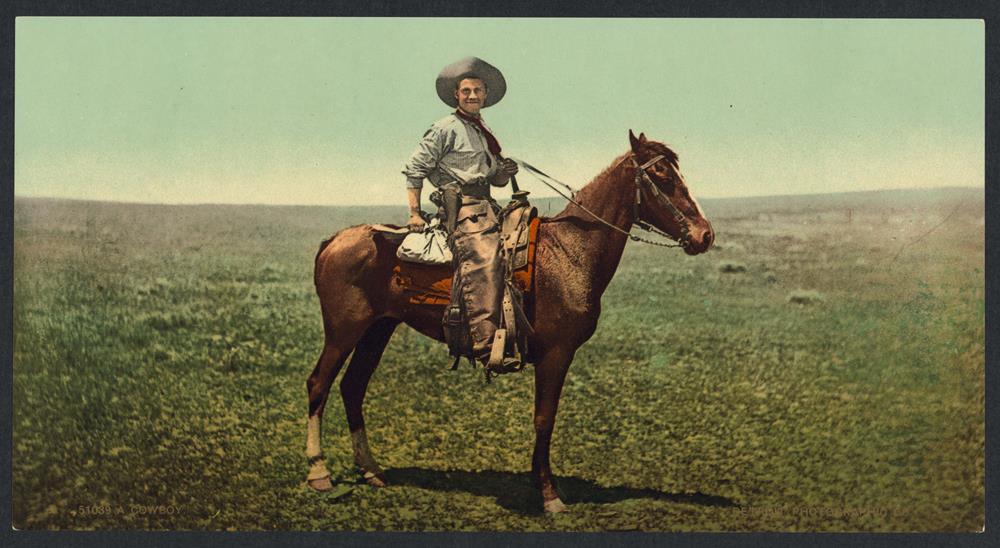
Blending of Cultures
The Texas frontier was a melting pot of different cultures, which impacted the state’s identity. Native American, Spanish, Mexican, and Anglo-American cultures all influenced Texas in unique ways. This blending is evident in many aspects of Texas life today.
For example, Texas cuisine features a mix of flavors and dishes from diverse backgrounds, such as Tex-Mex food, which combines Mexican and American culinary traditions. The influence is also seen in the state’s language, with many place names and everyday words in Texas having Spanish origins. Traditions like rodeos and fiestas reflect this rich cultural heritage and are celebrated with great enthusiasm across the state.
Iconic Symbols and Myths
The cowboy is one of the most enduring symbols of the Texas frontier. Cowboys and their way of life have become iconic, representing the spirit of independence, hard work, and adventure. Western folklore, with tales of rugged cowboys, outlaws, and frontier justice, is a significant part of Texas’ cultural legacy.
This rich tradition has been captured and romanticized in literature, film, and media. Countless books, movies, and TV shows have depicted the cowboy lifestyle and Texas’s vast, open landscapes, further embedding these images into American and global culture.
Conclusion
The Texas frontier is a fascinating chapter in history, filled with tales of exploration, conflict, and cultural blending. Because of the many developments, Texas has been shaped by a rich and diverse heritage. The legacy of the cowboy, the blend of different cultures, and the enduring symbols of the Old West continue to define Texas today. As we look back on this vibrant history, we can appreciate the spirit of adventure and resilience that still embodies the Lone Star State.

